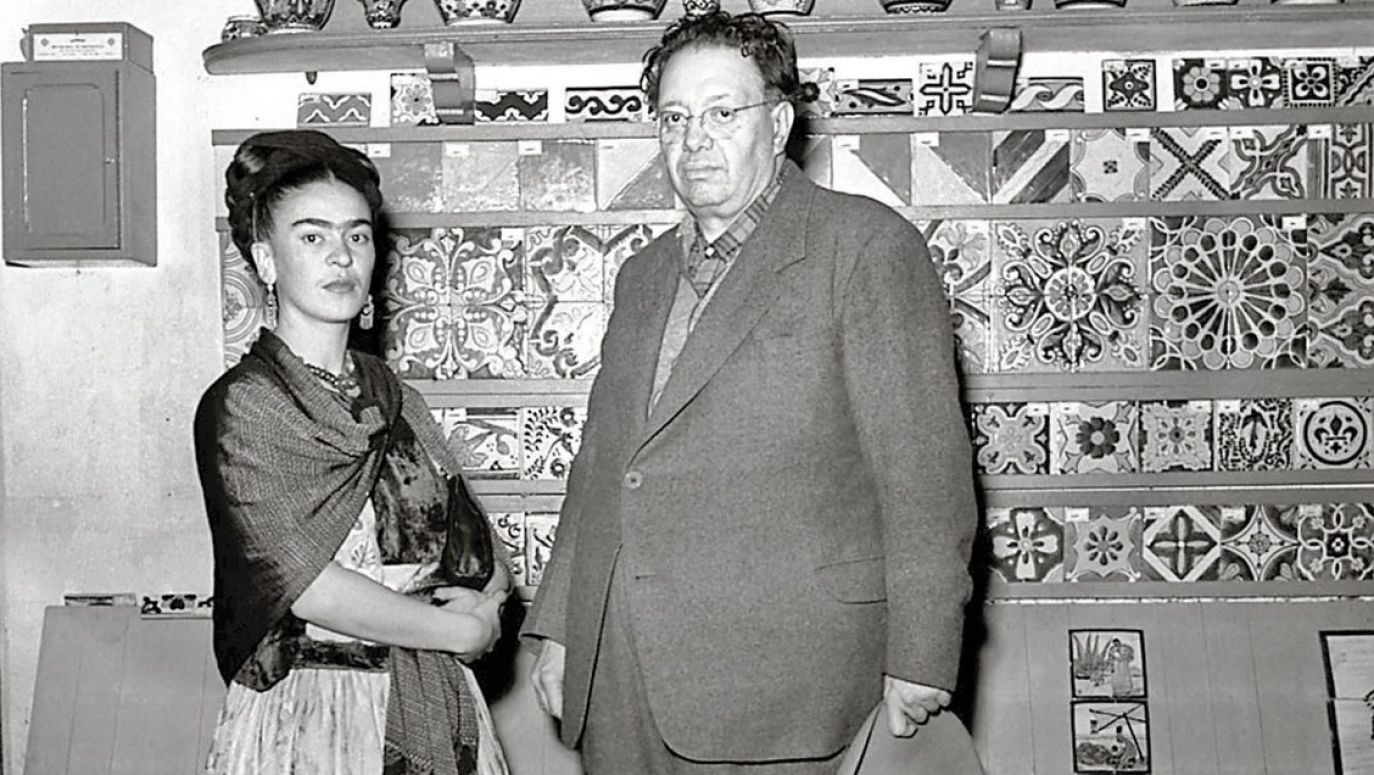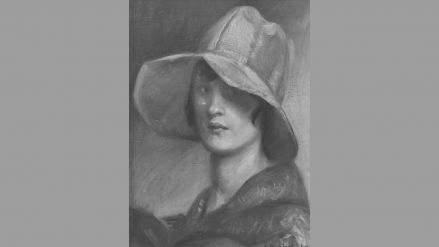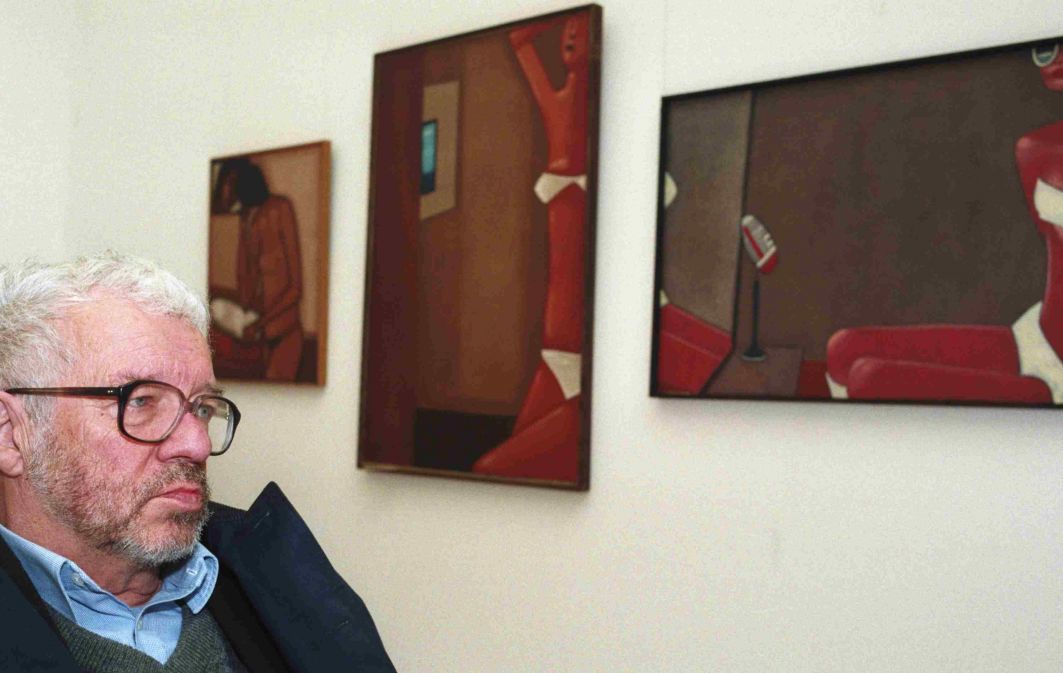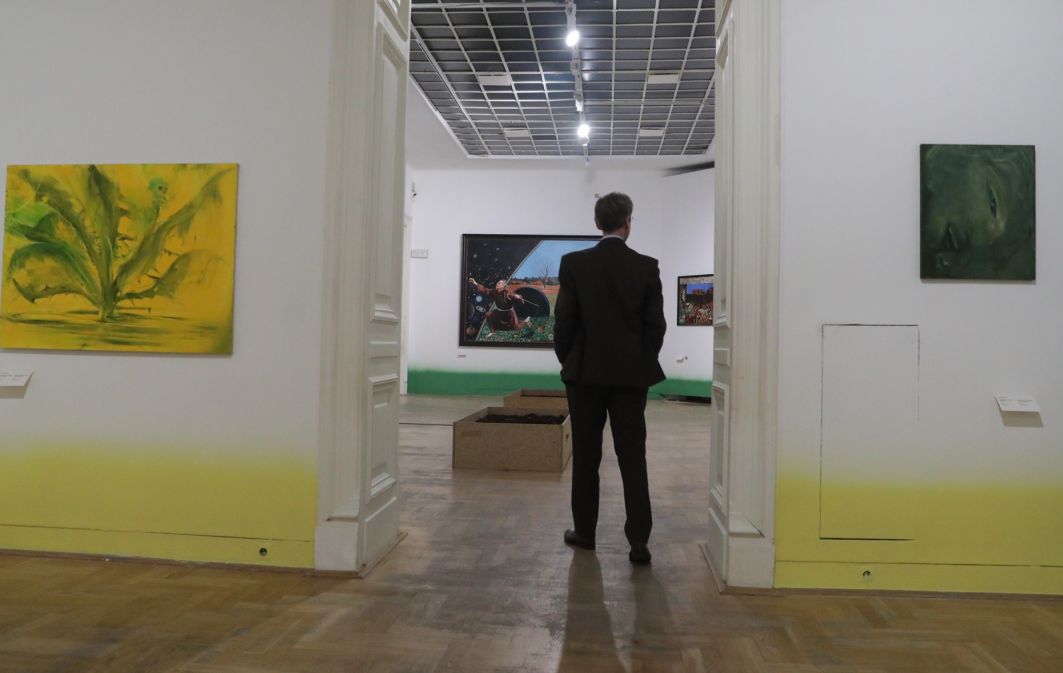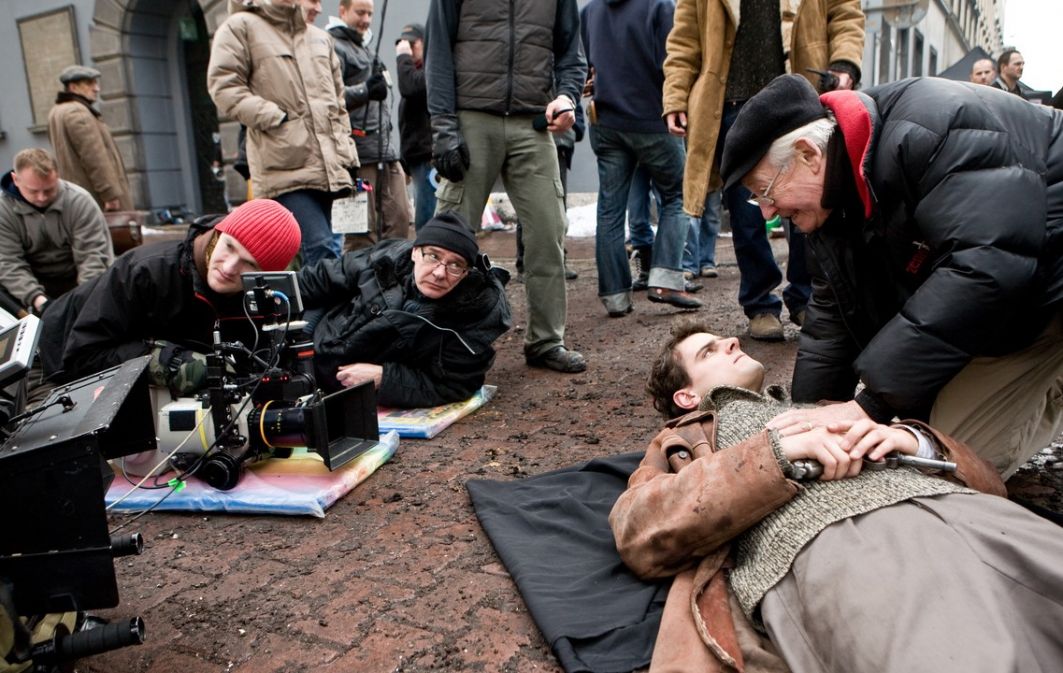Frida also became a gastronomic enterprise. Numerous cookery books were published with her recipes (she was said to be a great cook, and although she lived mainly on tequila and cigarillos, Diego's corpse suggests that she had culinary talent). Her name and face appeared on the labels of tequila, recommended as a truly Mexican beverage.
Many restaurants specialising in Mexican menus have been named after the artist: you can find restaurants with Frida’s image in Los Angeles, New York, Puerto Rico, Seattle, of course in Mexico City, and even... in Warsaw, in Nowy Świat St.
Creations next to art
On Kahlo’s 100th birthday, the contents of the chests, stored for more than half a century in the Blue House in Coyoacan, were made available to viewers for the first time, according to Frida’s will. Among the revealed treasures there were photos (over 5,000), a collection of documents (over 22,000), books and magazines, and various trinkets, such as a napkin with a kiss imprinted with lipstick. A large part was the wardrobe: skirts, petticoats, blouses, dresses, scarves – a total of 179 items. They say they still smell of the owner’s perfume and… tobacco. Plus a slightly gruesome exhibit – a healing corset that was used to straighten her broken spine.
In a way, the photos were also part of her work. She prepared carefully for the photos: she chose hairstyles, clothes, jewelry (how much did it have to weigh! For a healthy woman – an effort, for a sick spine – nothing short of heroism).
Besides, even in everyday life, even for painting and cooking, Frida was also dressed as if for the stage. In the photographs, she assumed poses in which she presented herself in the best possible way. Always disciplined, upright, with her head held high. Few photos show her physical disabilities or illness.
Is it any wonder that Frida Kahlo still fascinates, inspires and… provokes you to face her? At least visually.
– Monika Małkowska
TVP ТИЖНЕВИК. Редактори та автори
– Translated by Dominik Szczęsny-Kostanecki
The exhibition “Colour of life. Frida Kahlo” – the Royal Łazienki Museum, open until September 3, 2023.
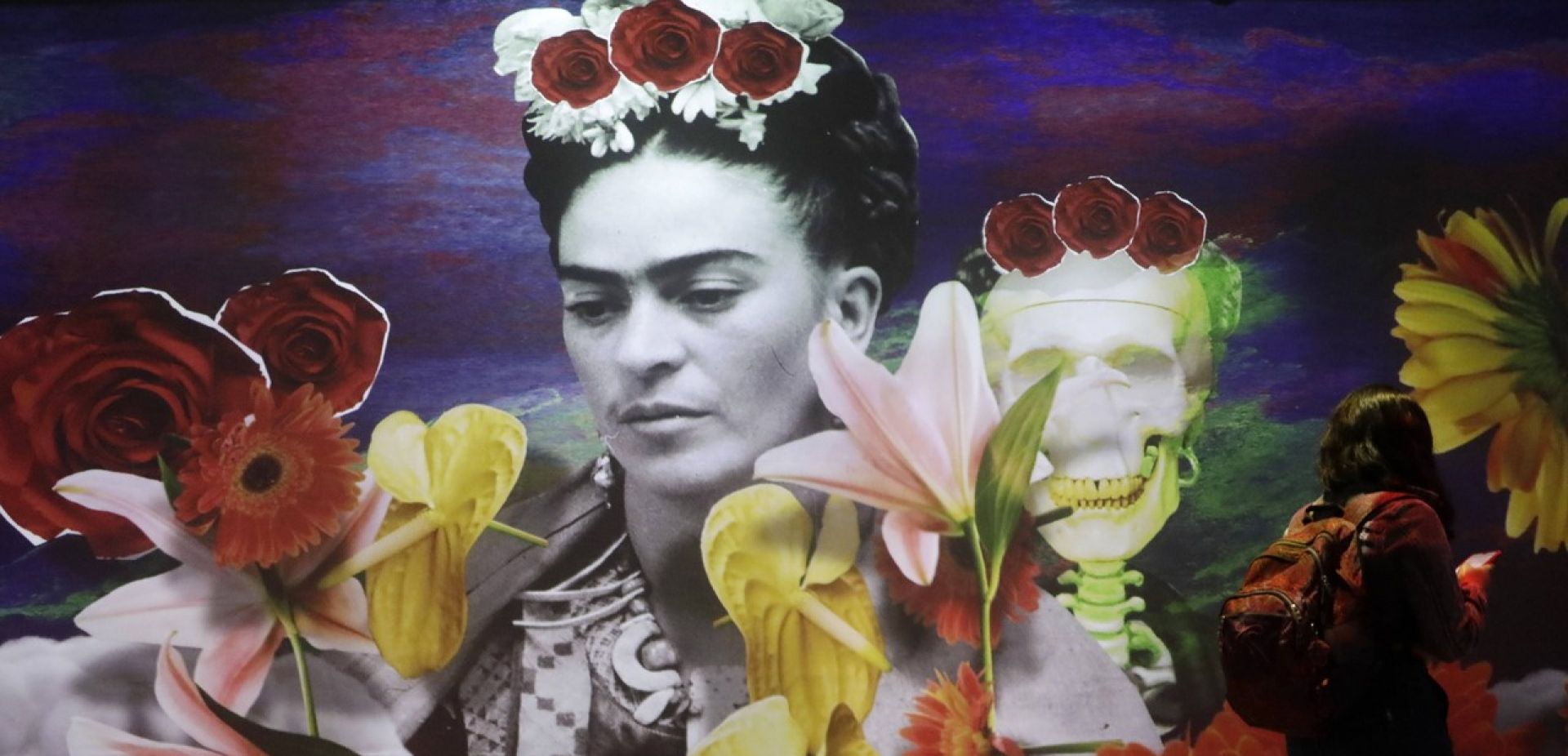
 SIGN UP TO OUR PAGE
SIGN UP TO OUR PAGE
 Her talents were noticed at an exceptionally early age due to polio. Bedridden for many years, she adopted the retouching skills of her photographer father, which she later applied to her meticulous compositions.
Her talents were noticed at an exceptionally early age due to polio. Bedridden for many years, she adopted the retouching skills of her photographer father, which she later applied to her meticulous compositions.